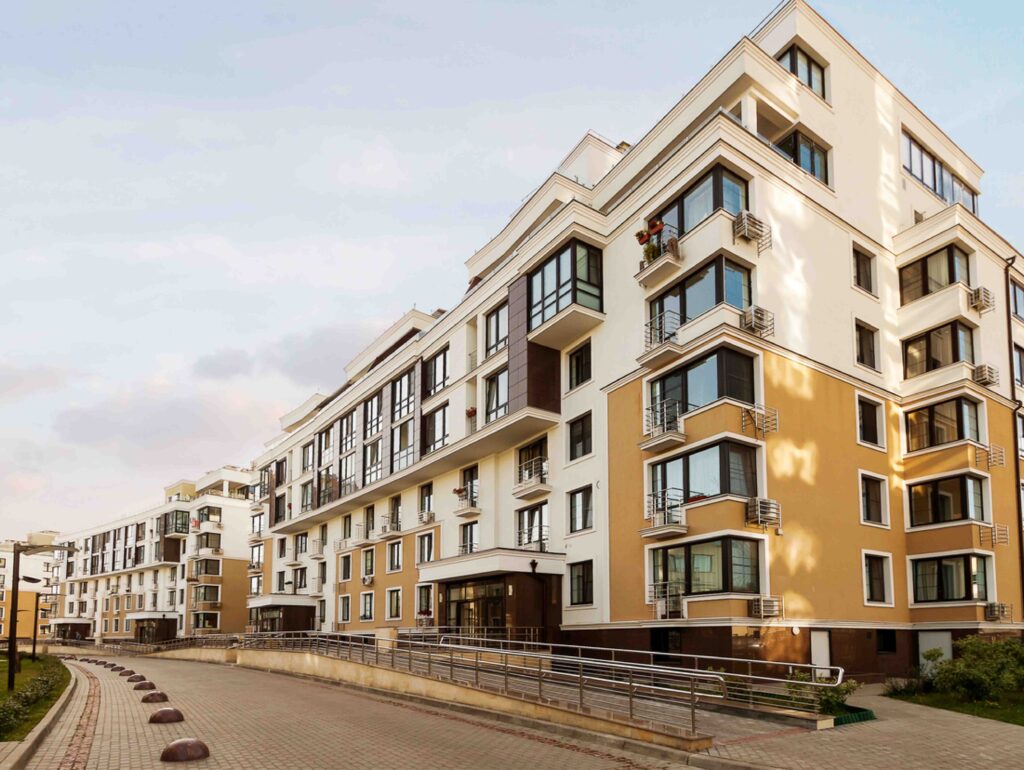In a previous article, we ran through how to properly analyze a NNN real estate deal. In order to get a complete picture of the opportunity, I explained that a buyer must look at (at the very least) six points:
- Location
- Lease Term
- Basis
- Rent Rate
- Tenant Credit
- Tenant Sales
Analyzing these six factors would help a buyer who is looking to invest in a NNN deal for cashflow. As mentioned most buyers of these assets are high net worth individuals who are looking for some side income along with the tax benefits of owning real estate.
However, there’s an entirely different market of buyers out there. And that is the “value add” NNN buyer market.
These buyers are not looking to own an asset for 20 years. They are not looking to just put money aside in a long term investment to collect mailbox money. These buyers are actually looking to turn a significant profit, as quickly as possible.
How do they do it?
Let me give a few examples based on the six points of analysis we previously mentioned.
Lease Term- in my previous article, I explained that when a tenant has a long lease term, that makes the deal more valuable; because there is little risk of an imminent vacancy.
However, value-add buyers of real estate will often look for deals in which tenants have a short lease term. That is because they know that such assets will sell for less, and if they could successfully extend the lease of the tenant that is currently in place, they could immediately create significant value, and potentially put the property back on the market for significantly more than they paid… within months of buying it.
Basis- Value-add buyers of NNN deals obsess over their basis in a deal. They will very often even buy such deals vacant if they could get the building at a cheap enough price per foot.
As an example, a value-add buyer may purchase a vacant building for $100 per foot (including closing costs etc.), knowing that rents in the market are at $10 per foot on a NNN basis.
They buyer will pay this price with some confidence that they will indeed find a tenant for the building at those rents. And because $10/$100 is 10%, they’d be looking (roughly) at generating a 10% yield on their basis in the property.
At the same time, the property will now be worth significantly more, because if it was worth $100 per foot when vacant, there is no doubt that it will be worth more when fully leased.
Rent Rate – another strategy value-add buyers use is to seek out properties with rents well below market (especially when the tenants with the low rents are on shorter lease terms.) In such a case, the buyer reasons that he/she will be able to raise the rents dramatically upon the renewal of the lease.
Of course, the buyer would need to be confident that the tenant would be willing to stay at the new rent rate. To ensure this is the case, the buyer would be very careful when picking the location of the asset, to make sure it is desirable, and they’d look into the tenant’s sales, to make sure they are performing. Obviously, if the tenant is not performing at the given location, the chances of them renewing their lease, let alone at a higher rate, are very slim.
The world of value-add NNN investing is vast. Livi Kapital does hold some investments in this space, and would be happy to walk people through the various strategies we employ on these investments.
